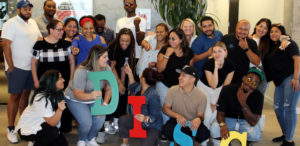Living in New York City gives Team Verve a front-row seat to watching world-class businesses communicate effectively…or not! In NYC’s fast-paced business world, poor team communication creates communication bottlenecks that hinder productivity—learning to eliminate them boosts team effectiveness.
Whether you’re running a restaurant, retail store, or service team, miscommunication leads to missed deadlines, frustrated customers, and burned-out employees. That’s why more companies are turning to workplace communication training to improve team communication and stay ahead.
We all use communication at work, and effective communication is hard work!
Here’s the thing: Most communication problems aren’t about what we say—they’re about how we say it. For example, things get lost in translation when a direct, results-focused manager tries to communicate with a detail-oriented team member the same way they’d talk to an enthusiastic, people person. That’s where DISC training comes in handy.
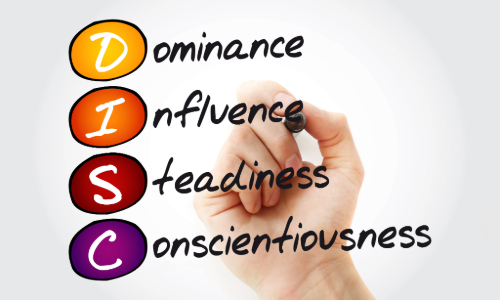
How Does DISC Training Improve Team Communication?
DISC training breaks down personality styles into four types:
- Dominance (D) – Direct and results-driven
- Influence (I) – Social and enthusiastic
- Steadiness (S) – Patient and team-oriented
- Conscientiousness (C) – Analytical and detail-focused
Everyone has a mix of these traits, and understanding them helps teams improve team communication in ways that are actually effective.
When we gain a greater understanding of others, we can communicate better with our colleagues and customers.
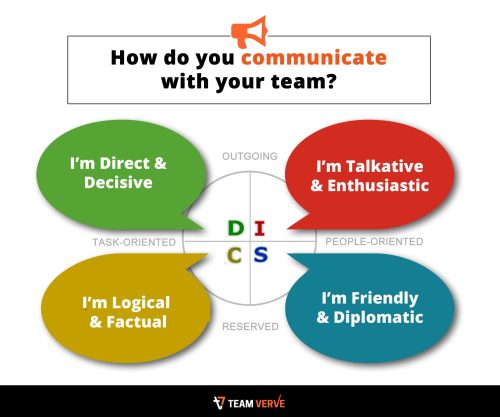
Practical DISC Strategies for NYC Managers
To reduce communication bottlenecks, NYC managers can apply these DISC-based strategies:
- Match your communication to their style:
- D-types: Keep it brief and action-focused
- I-types: Be enthusiastic and encourage discussion
- S-types: Provide steady, supportive guidance
- C-types: Give clear, detailed expectations
- Speed up decision-making by knowing who needs quick answers versus who needs time to process.
- Improve remote team coordination by setting communication protocols that respect different DISC styles.
- Build stronger relationships by showing your team you understand how they prefer to work and communicate.
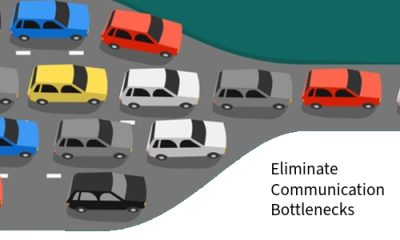
Communication Bottlenecks: One Way Team Communication Goes Wrong
Most communication bottlenecks happen because of these common issues:
- Mismatched communication styles – Confusion occurs when a D-type manager gives rapid-fire instructions to a C-type employee who needs structured details.
- Slow decision-making – When managers or teammates don’t adapt their approach to different personality types, projects stall.
- Remote team disconnects – Multi-location teams struggle even more when communication styles clash across distances.
These breakdowns are exactly what workplace communication training, like DISC training, aims to fix.
Real Workplace Communication Results: Manhattan Restaurant Case Study
A growing restaurant chain in Manhattan was dealing with constant mix-ups between their front-of-house managers (D-types) and kitchen staff (C-types). The managers communicated quickly and directly, while the kitchen team needed detailed, structured information.
After implementing DISC training, managers began providing clearer instructions to the kitchen while teaching servers to adapt to the fast-paced front-of-house environment. The result? Smoother operations, happier staff, and fewer customer complaints—a clear win for team communication.
You Can Improve Team Communication Today!
For NYC managers juggling productivity, morale, and tight deadlines, better communication isn’t optional—it’s essential. You can provide your team with a practical framework to eliminate communication bottlenecks, reduce misunderstandings, and create teams that actually work well together.
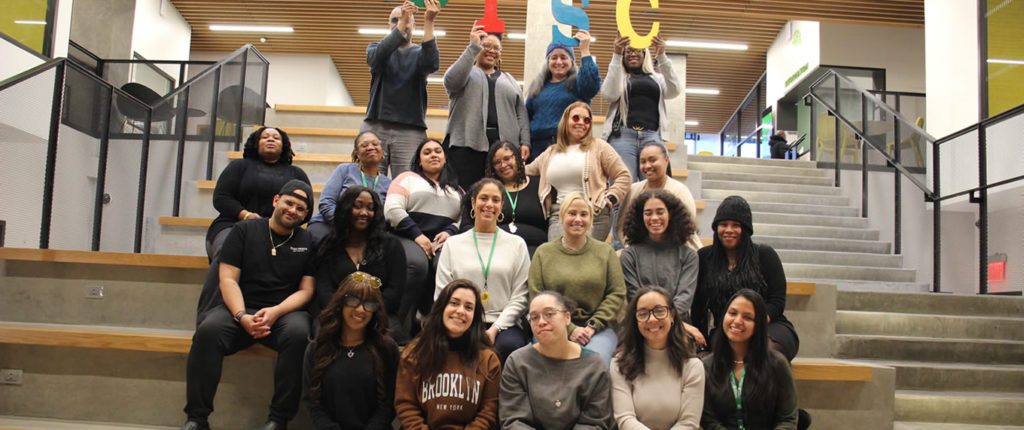
Whether you’re managing a restaurant kitchen, retail floor, or service team, investing in workplace communication training helps everything run smoother.
Ready to eliminate communication bottlenecks in your team? DISC training might be exactly what you need. Chat with Matt.



